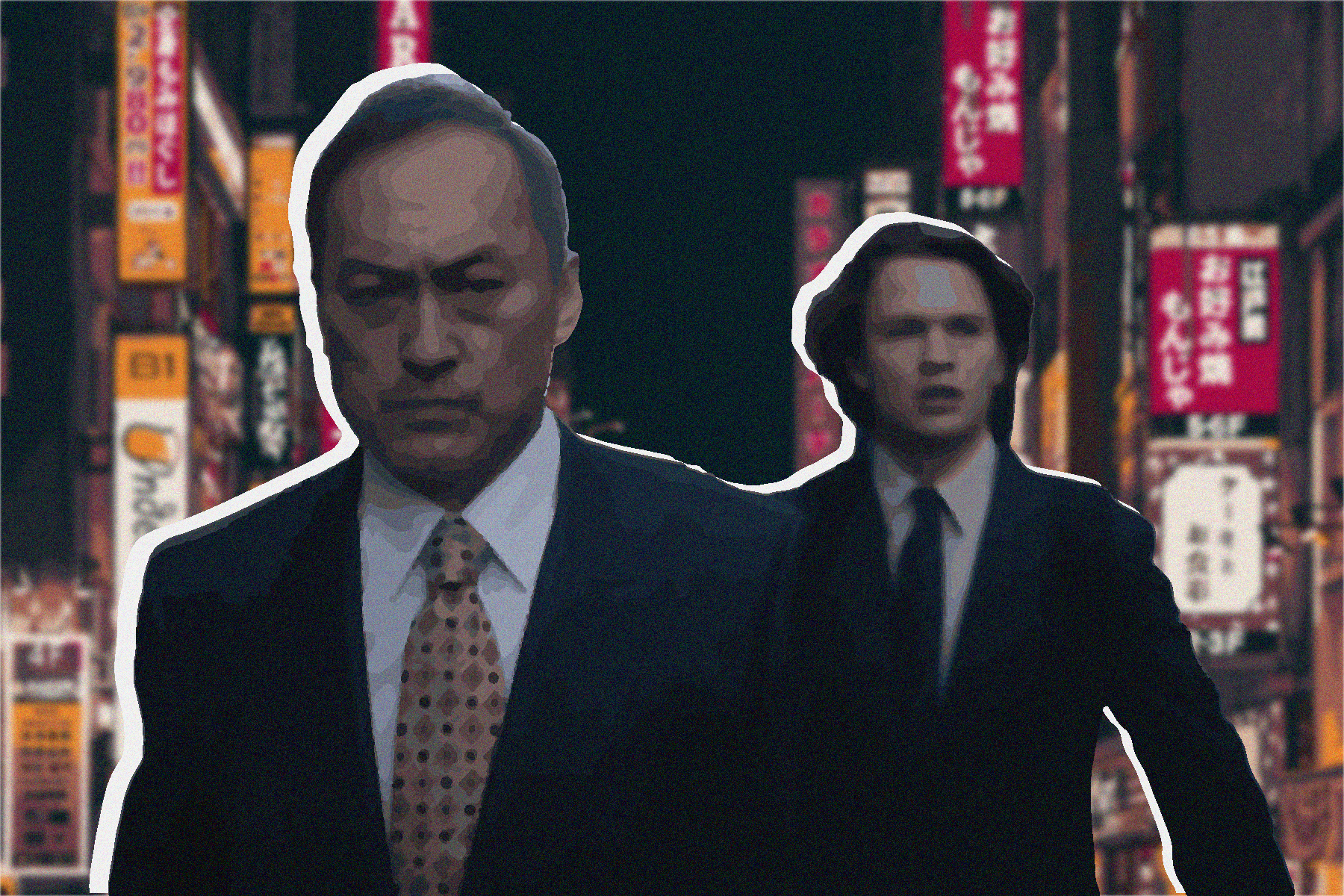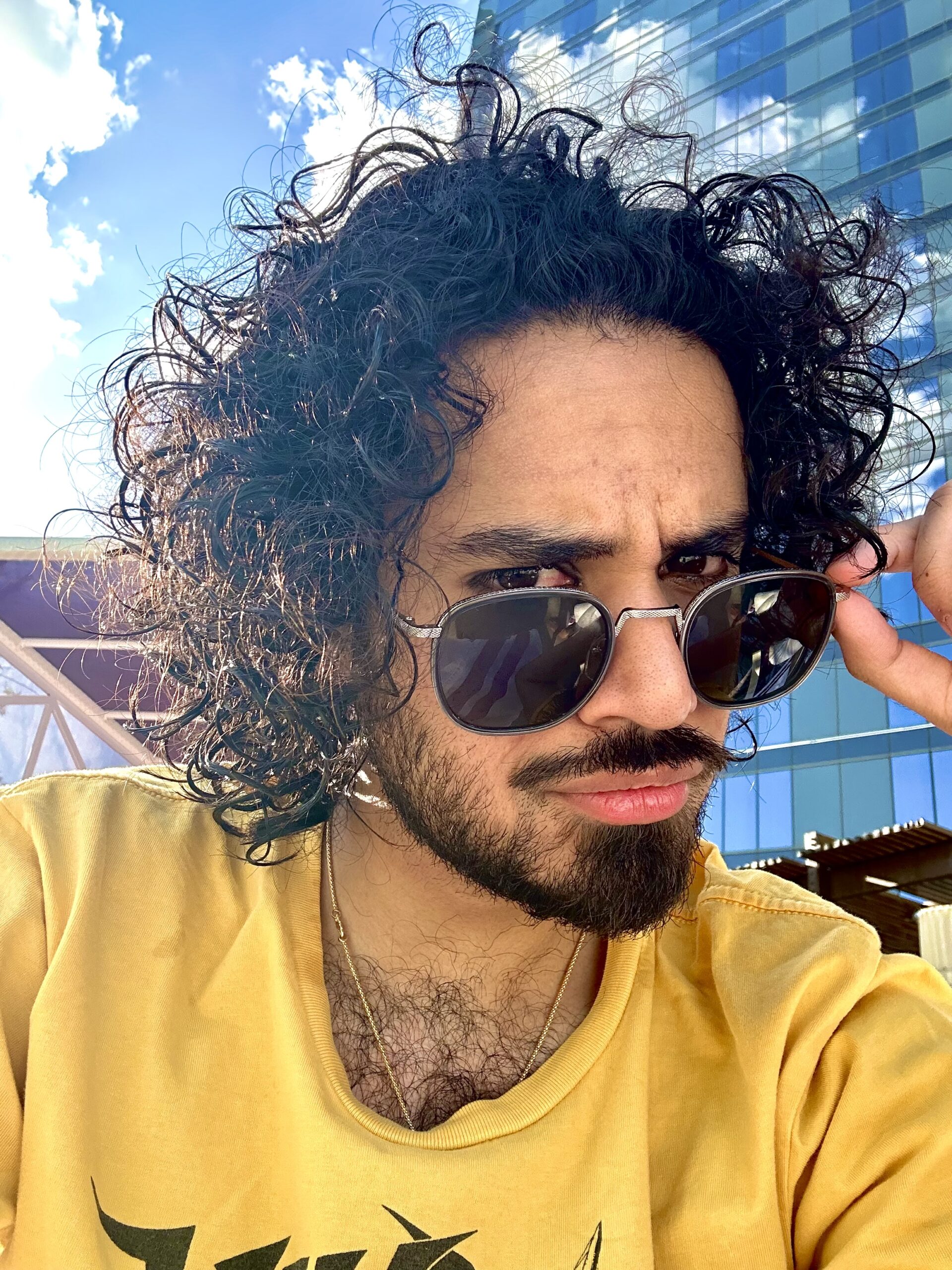Headline:
One of Japan’s most popular attributes is discipline, an aspect that can be found within all facets of its society, from lining up at bus stops to organized crime. The yakuza, also known as Japanese gangsters, seems to have originated around 400 years ago, in the Edo period They are said to be the descendants of tekiya (peddlers) and bakuto (gamblers) who allied to increase their size and influence. The yakuza are also said to have ronin ancestry, making them the descendants of samurais without masters, adding to their reputation as skilled warriors operating outside of the law.
“Tokyo Vice” is a neo-noir television crime drama set in Tokyo during the ’90s; it follows Jake Adelstein, an American expat’s, investigation of the yakuza. The show is based on the real-life Jake Adelstein’s memoir “Tokyo Vice: An American Reporter on the Police Beat in Japan,” which follows his career as a reporter for the Yomiuri Shimbun.
In Western media, especially American gangster movies, organized crime is riddled with imagery depicting gratuitous violence, poverty, guns, corruption and any other vice expected of criminals. In contrast, the yakuza’s depiction in “Tokyo Vice”, along with their real-world reputation, paints a different image. American mobsters in media set in the 90s such as The Sopranos are depicted as intelligent but also washed out, petty, depressed, and quick to anger. Yakuza members in “Tokyo Vice”, especially the older bosses, are reserved, always dressed sharply, and conduct business, even with enemies, with a sense of honor. The yakuza operate with a certain level of organization and finesse; they are a normal part of Japanese society, akin to a corporation.
In “Tokyo Vice”, the yakuza are depicted as having connections within various parts of Japanese society, including its nightlife, media, government and the police force. One example from the show would be a yakuza boss’s employment of a hostess, whose business he partially owns, to use her connections with government-affiliated customers to determine where a new railway station will be built. The boss plans to purchase the future railways surrounding land which will see a dramatic increase in value upon completion. This isn’t far off from how the real-life yakuza operate given the Yamaguchi-gumi’s, Japan’s largest yakuza group, usage of information gained from their hospitality industry connections to blackmail high-class figures. This level of control has helped the yakuza secure their position as a criminal organization working within, not against, Japanese society.
Another facet of yakuza society that the show accurately portrayed was their punishment for disloyalty, known as yubitsume. In real life, members of the yakuza who disgrace their “family” are forced to cut off the tip of their left pinky. This method of punishment lets the yakuza discipline one of their own, while reminding members of the price for dishonor without drawing much attention from the public. In the early days, the purpose of this punishment was to weaken an individual’s grip over their sword, forcing them to rely more on their fellow gangsters. In the show, this was almost the fate for Sato, a young member of the Chihara-kai “family” through whom the show introduces and explores the yakuza. Sato’s punishment resulted from his suspected betrayal of Hitoshi Ishida, leader, or oyabun, of the Chihara-kai. This form of punishment shows how the yakuza are able to conduct their criminal operations just barely out of sight within Japanese society.
American gangsters on the other hand tend to make a bolder example out of their disobedient subordinates, such as the fate of Brendan Filone from The Sopranos. A low ranking soldier shot in his eye while taking a bath; his crime being he robbed a mafia protected truck though he did return the goods. The show’s accurate portrayal of the yakuza doesn’t just aid in its mission of creating an authentic depiction of ’90s Tokyo, but also teaches the audience about the Japanese underworld. By showing the yakuza’s influence over political organizations, the show adds another obstacle for the protagonists to overcome in their investigation. This helps create drama that feels realistic because of its parallel with real-world instances. The show’s depiction of the yakuza also teaches audiences more about a less represented aspect of Japanese society.









